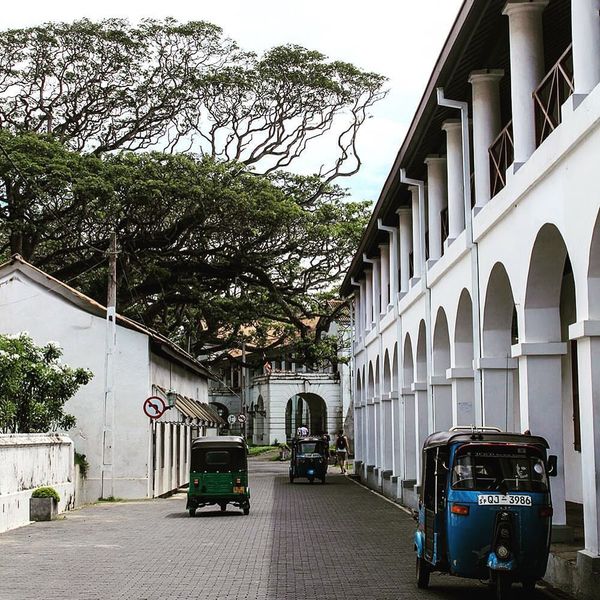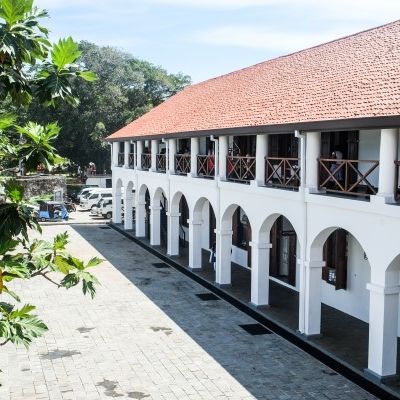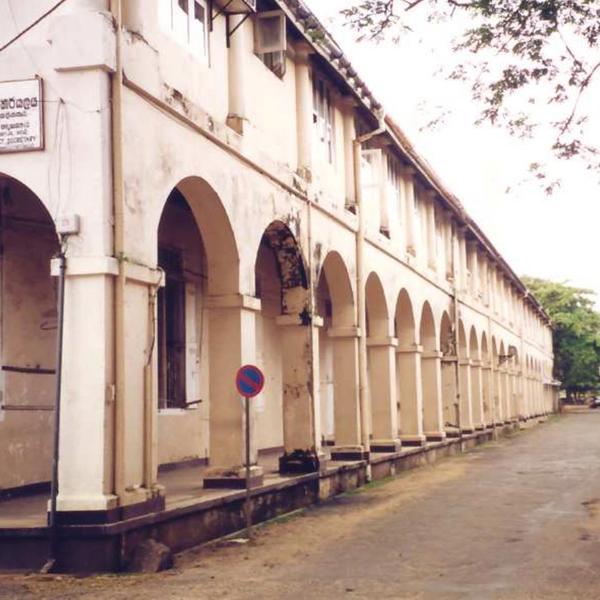
Where Portuguese, Dutch and British doctors once worked their magic



- Hospital Street
- Open daily 10am-10pm
My favourite building in Fort is the Dutch Hospital because of the grand architecture
In sickness and in health
One in three of the colonial adventure seekers never made it back home. Malaria, dengue and other tropical diseases made hospitals a busy place. One wonders how many ghosts must still wander here... The first Portuguese hospital was just behind the Black Fort where now Court Square is. The Musericordia was a simple clinic run by Franciscan Priests, when the Dutch came they invested in a proper hospital.

It was one of the first structures they built in Fort. Still equipment was basic, and the chief surgeon was the self-taught Jan Caestens, originally a barber. He turned out to be a creative medical practitioner, experimenting a lot with herbal remedies. He had a garden with medicinal plans and planted bread fruit trees in, known as a cheap and nutritious remedy for sea sickness. The oldest breadfruit tree in the country – more than 300 years old - is still here at Akersloot Bastion.
Hospital Street
The old Dutch Hospital was one of the few buildings the British demolished when they arrived in Fort. They built a brand-new hospital on the same spot. It was a series of two storey buildings used for barracks, hospital wards and doctor’s quarters. They also changed the name of the street from New Leynbaan Street to Hospital Street.
New lease of life

After 1910 the three buildings were collected together to create the T shape building that you see today. Originally it was designed to use as an office for the public works engineers, but it became an office for government’s agents - including the Galle Heritage Office - known as Kachercheri building. In 2013 all administrators moved outside Fort and the old hospital revitalised into a shopping complex.
